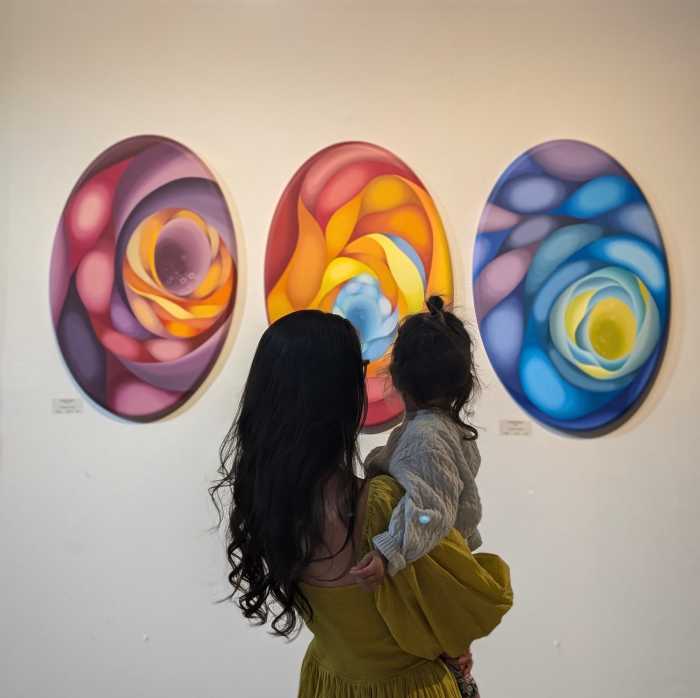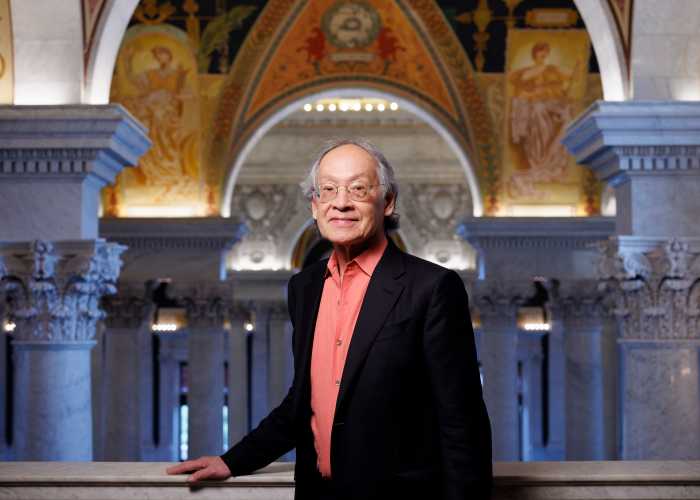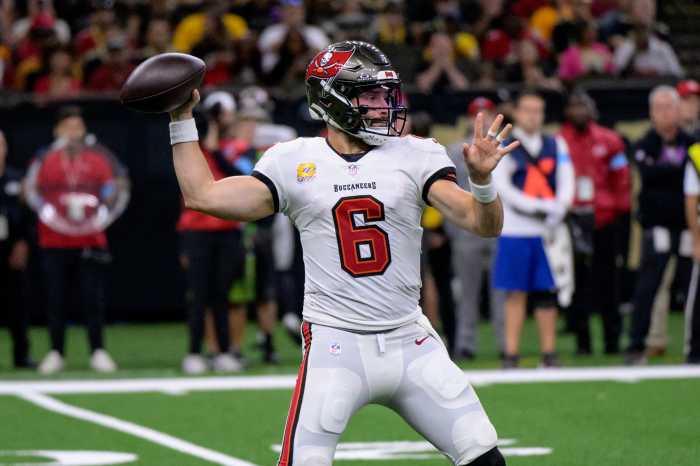By Kourtney Webb
York College hosted “Journalism in the Trump Era” April 27 to discuss how media reporting has changed since President Trump took office.
The panel included New York Times correspondent Glenn Thrush, Ebony magazine writer and media consultant Sheryl Huggins Salomon, and former CBS news executive producer Charlie Kaye.
The panel talked about the various problems journalists face when it comes to getting a story out. One of those problems, Kaye said, is that many people are not trusting the information.
“Trump uses the media to his advantage,” Kaye said. “He tells his supporters who they can trust and who they can’t. There has never been an administration that was happy with all coverage. Some are subtle about it, but Trump is just in your face.”
The panel pointed out that the country has had all kinds of presidents. FDR could be referred to as the first radio president, JFK as the first television president and Obama as the first internet president. Trump, who is very well-known for airing his thoughts out through twitter posts, is often referred to as the first social media president.
Kaye said Trump is a businessman.
“He knows how to sell something. He used those exact skills to win the election.”
The panel also discussed how to skillfully sift through all the information that is constantly coming out in order to find the “real story.”
Ebony’s Sheryl Huggins Salomon said not every story is worth the attention it gets. Sometimes people have to do a little more digging.
“The media likes to focus on the shiny object,” said Huggins. “We can’t focus on that little attention grabber. We have to report the facts. What really happened. In the digital space, we react to every trending hashtag, and as journalists we want our stories in that trending topic. But we can’t let that distract from the real story.”
Huggins made reference to photos of White House adviser Kellyanne Conway kneeling on an Oval Office couch with her shoes on during a meeting with the Historically Black Colleges and Universities. The pictures sparked an online debate.
“The media ran with it,” said Huggins. “The real story? The leaders of all the HBCU’s met with the president for increased funding at their schools. Did they get what they want? No. And that’s the story not Kellyanne.”
Kaye added that journalists are responsible for the exposure certain stories get.
“Journalists are gatekeepers who have to make judgments on what news is and isn’t,” Kaye said.
The panel ended with Thrush telling the audience how important reporting on the local level is for the community and journalism itself.
“There is a lack of economic class diversity at most organizations,” said Thrush. “This changes how people who are writing the news feel towards certain issues. We need more reporters who can give the blue collar perspective. That is what local papers can do for people.”



































